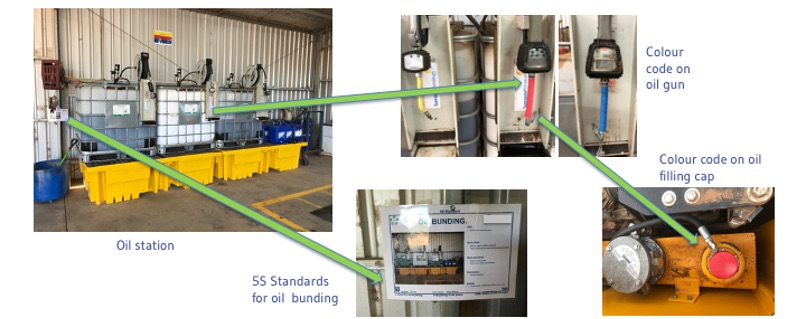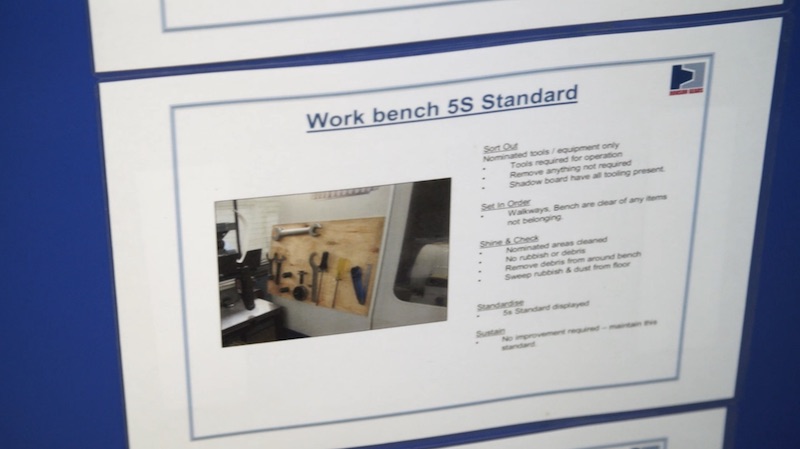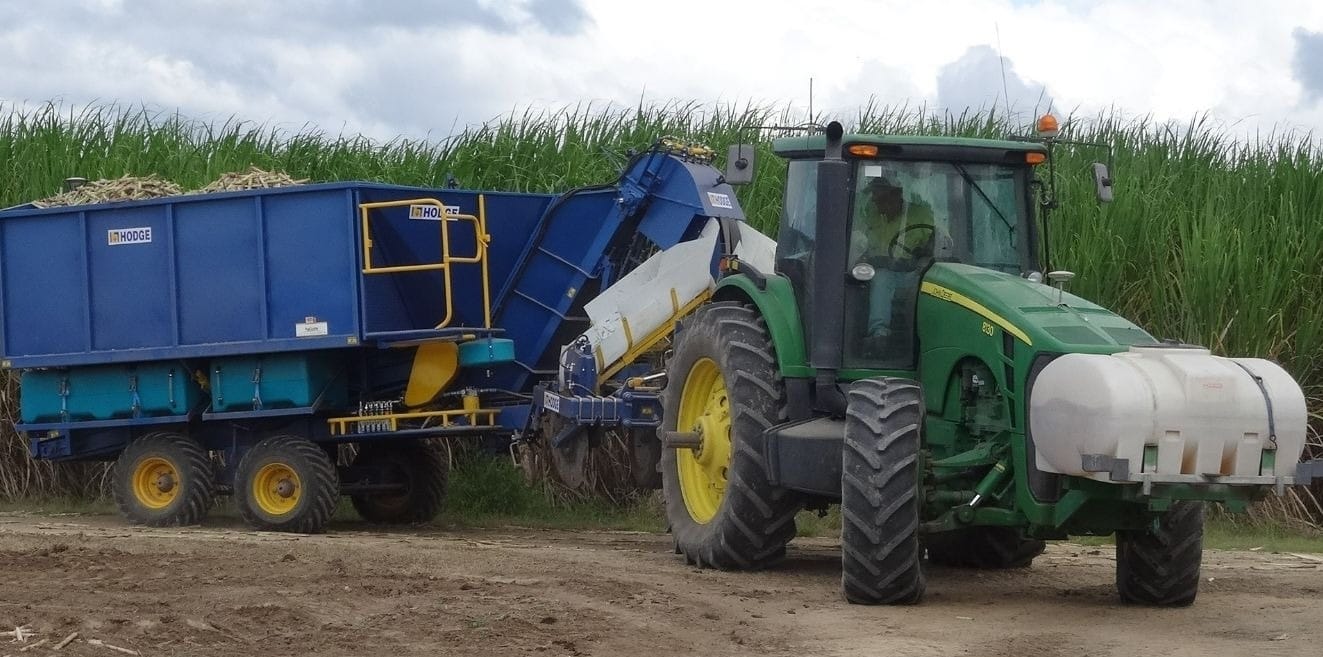Learning to use Manufacturing Visual Work Instructions
What Are VWI’s

Can you develop manufacturing visual work instructions that increase productivity?
Visual Work Instructions (VWIs) are a tool that transfers knowledge of standard work practises through the use of visual aids. Their graphic nature allows users to see what the end product looks like and what steps they need to complete. The Visual work instructions not only reduce setup time, they reduce mistakes and allow for the transfer of information from one operator to the next. As the standard is develop and maintained, the benefits for reducing variational increases. This forms a baseline for improvements and a wider understanding to the task is generated within the organisation. Visual work instructions also lead to increasing the flexibility of staffs, eliminating unplanned downtime and reducing the errors for repetitive tasks.
Making a Start
More than likely, you already have some old work instructions, pages and pages of SOP in the quality manual. These are a great source of supporting information. We can use this as a starting point but then adding to it by ask the operators. Ask them to consider what is the basic information that I need to know in order to successfully complete this tasks, including:
1. What are the quality concerns?
2. What steps(work) do I have to perform?
3. How to I check that my work is correct?
Always start small with Visual Work Instructions as we are trying to capture the basics to develop a baseline document.
1. Use A4 paper colour printed and laminated, so they stand our and will stand up to a manufacturing environment
2. Develop a template to capture the Quality features, Basic work tasks and Checking steps
4. Display at the work station at the operator level and make it accessible
3. Involve all operators; maybe they can have some production time to write their own work instructions
4. Use lots pictures with very brief written instructions.
5. Always update them regularly. Incorrect information is worse than none at all
From our experience, we have found that those companies who use visual work instructions do so not only for quality compliance, but use them as a baseline standard to support excellent lean manufacturing principals. Visual work instruction play large role in sustaining productivity of plant, people and products when used daily.






